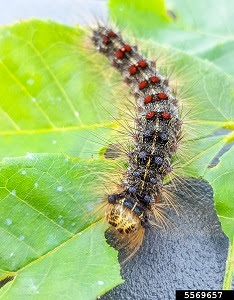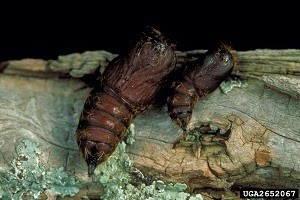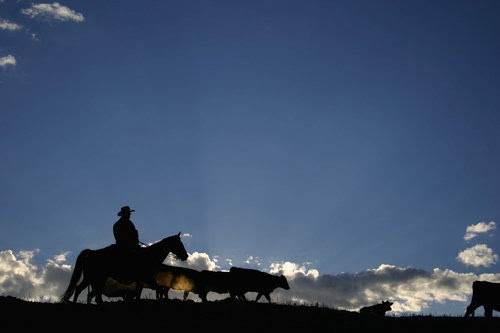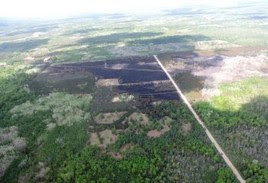By Glen Wunderlich
Charter Member Professional Outdoor Media Association (POMA)
Work began on food plot sites as early as the soil conditions allowed this spring – all part of a mission to bolster wildlife nutrition and health for years to come. Unlike professional farmers that have tractors on tracks or 4-wheel drive models, soil conditions must be dry for my 73 year-old Ford 8n to get to work. And, this year has been the driest in recent memory and has allowed me to till the plots several times already with a plan to get more clover in the mix.
It’s not that foods such as those in the brassica family do not attract deer, because they do. However, it seems as though weather conditions on a seasonal basis, determine just how much of a magnet they become. If harsh weather comes early – especially with plenty of snow – turnips and rape bring in the desperate animals early and often. And, that’s why it’s a good idea to have a portion of available land planted to the hardy food source – one that is available through the deep snow all the way to springtime.
But, observing whitetail deer activity last season, one thing was made clear: Clover is king! Although clover and alfalfa are not entirely accessible in times of icing and heavy snow cover – and, sometimes not at all – early season found the deer grazing religiously like cattle in the legume plots.
Each day afield, I’d watch them enter the field and munch their way through the clover bonanza until sunset before they ever nibbled one leaf of brassica plants. That’s because until cold weather sets in, turnips are not as tasty as when frost has done its magic to the plants and creates a more delicious and nutritious food source for them. In the meantime, deer were devoted to the clover plots almost entirely.
Clover is inexpensive, hardy and relatively easy to maintain in a food plot, but it is not maintenance-free and requires mowing and fertilization, once established. But an overall cost, when compared to annuals, is less. The beauty of perennials is that they provide nourishment for wildlife year-round, as long as they are not covered in ice or heavy snow.
It’s best to occasionally mow down clover plots to about five inches. This will delay blooming and maturation and reduce weed competition. The best time to mow is when half of the clover begins to bloom and plants are about eight to 12 inches tall. This practice not only controls weeds, but also redirects nutrients and growth into new leaf and stem production. This new growth is both highly nutritious and very palatable for wildlife. As the clover matures and fills the plot with more roots and stems, the weeds have less chance to compete.
If a large number of broadleaf weeds invade the plot, then mow them down before they produce seed heads. A regular schedule of mowing clover plots will eventually kill annual broadleaf weed species without adding costly chemicals.
Clover will produce its own nitrogen, and therefore, requires less nitrogen-rich fertilizers commonly used for other food plots. A blend of 6-24-24 fertilizer – 6 percent nitrogen, and 24 percent phosphorus and potassium alike before or with planting and thereafter.
And, if you want to witness a spectacular display of driven behavior in whitetails consider this: I had a trailcam positioned to watch a tiny clover plot of ¼ acre or less, when a tremendous rain storm replete with lightning bombarded the area. Immediately following the storm – and I mean within minutes – dozens of deer raced to the tiny paradise from every direction and began gobbling up the ultra-green plants. Lightning injected its own brand of nitrogen into the plot and somehow the deer were ready to partake in a rare feast.
I couldn’t believe my eyes! Acres and acres of vegetation all around and all they wanted was my energized clover! It sure made me a believer.



 “We are hoping to reach homeowner associations, businesses and individual residents with ponds, detention basins or wetlands on their properties,” said Erica Clites, Oakland County CISMA director. “The survey focuses on the plants in the water and usually takes about 15 to 45 minutes.”
“We are hoping to reach homeowner associations, businesses and individual residents with ponds, detention basins or wetlands on their properties,” said Erica Clites, Oakland County CISMA director. “The survey focuses on the plants in the water and usually takes about 15 to 45 minutes.”




